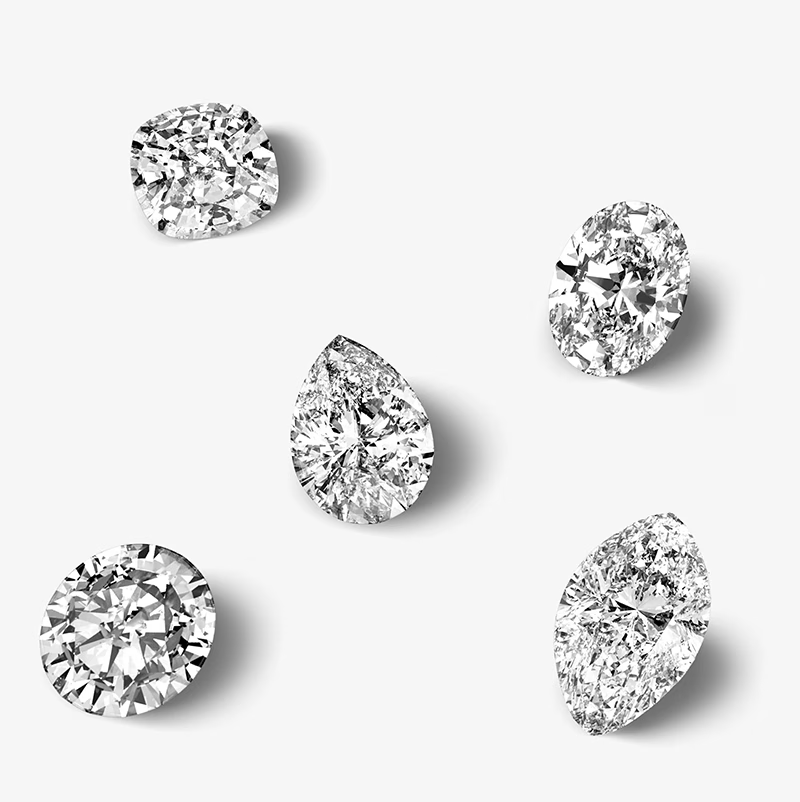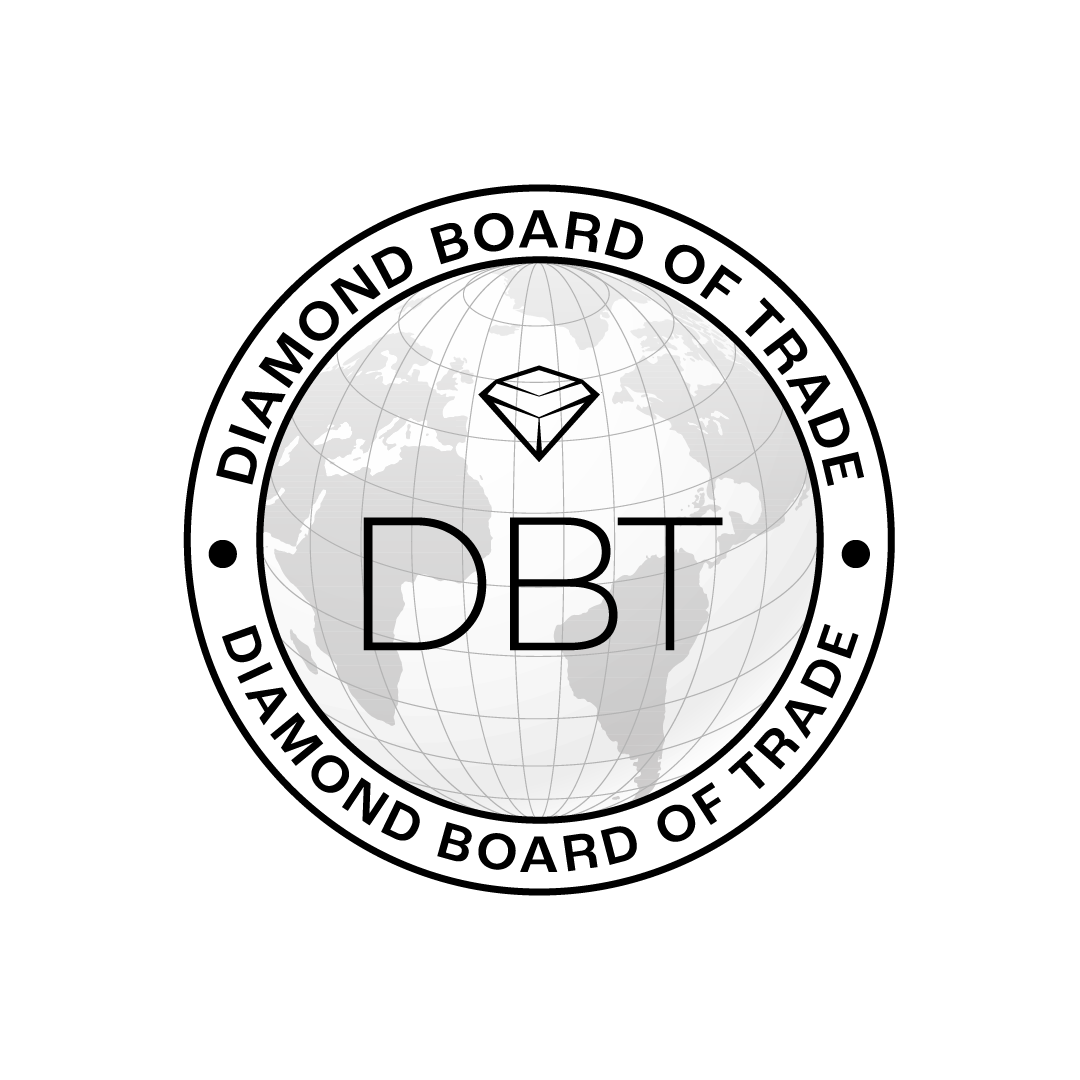4Cs Diamonds
Cut, Color, Clarity, and Carat
Understanding 4Cs
At DBT Diamonds, we believe that choosing the perfect diamond starts with understanding the 4Cs—Cut, Color, Clarity, and Carat. As a proud member of the Diamond Board of Trade, we’re committed to ensuring every gem meets the highest ethical standards. These four pillars of diamond quality define its overall beauty and value, helping you make a confident, informed decision.
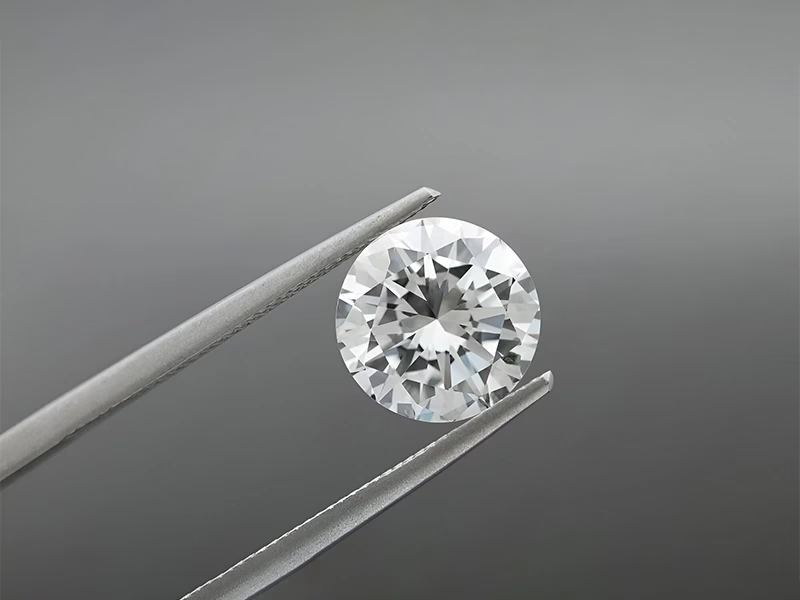
CUT
Cut is crucial for a diamond’s brilliance and sparkle.
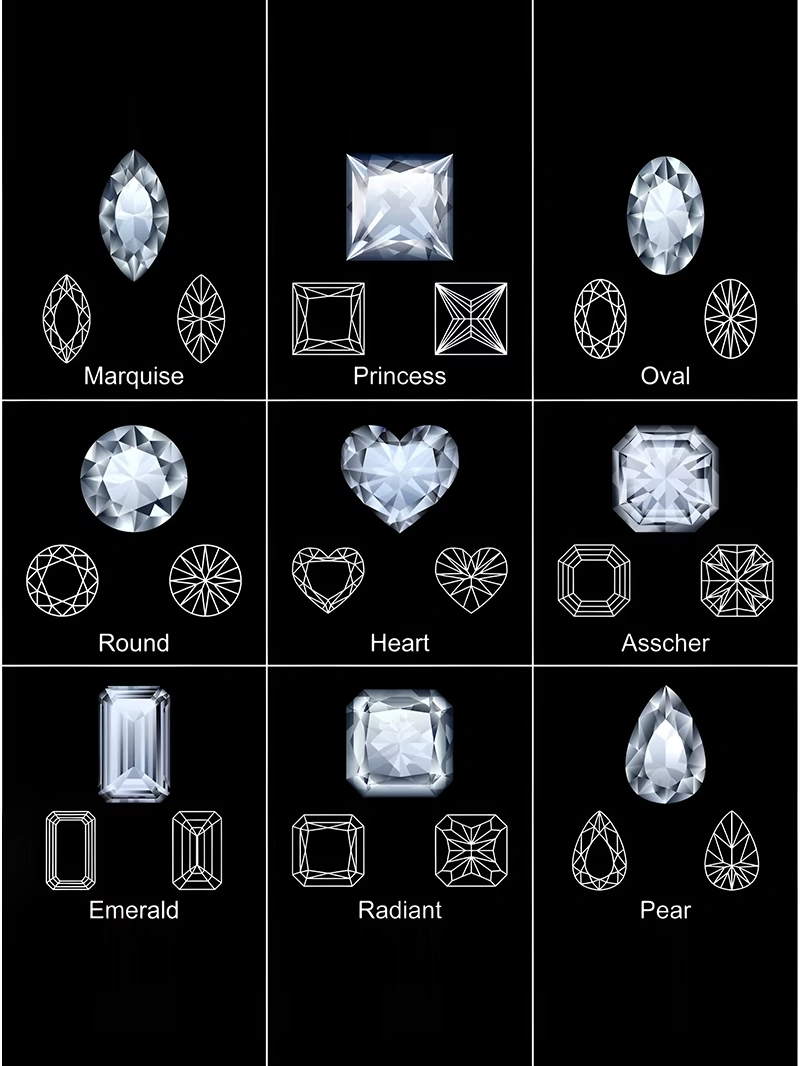
When a stone is cut to ideal proportions
it reflects light more effectively, enhancing its radiance.
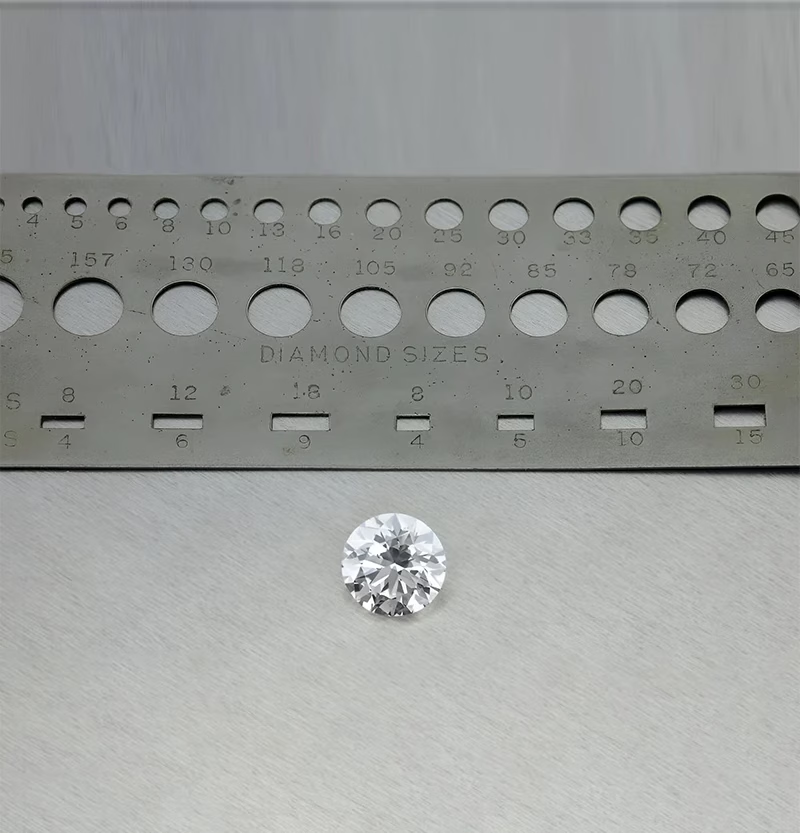
The industry usually grades cut from
“Excellent” to “Poor,” with an excellent cut maximizing the diamond’s potential shine.
Why the 4Cs Matter
From Cut, Color, Clarity, and Carat (4Cs)—these essential factors define a diamond’s quality and beauty. Understanding the 4Cs ensures you make an informed choice that aligns with your personal style and budget. Whether selecting a natural or lab-grown diamond, considering these four fundamentals helps you balance brilliance, rarity, and value for the perfect gem.
Color
Color refers to how clear or tinted a diamond appears. The color scale ranges from D (completely colorless) to Z (light yellow or brown). Colorless diamonds are exceptionally rare and often command higher prices. However, some individuals prefer the unique allure of fancy-colored diamonds, such as pinks, blues, or yellows.
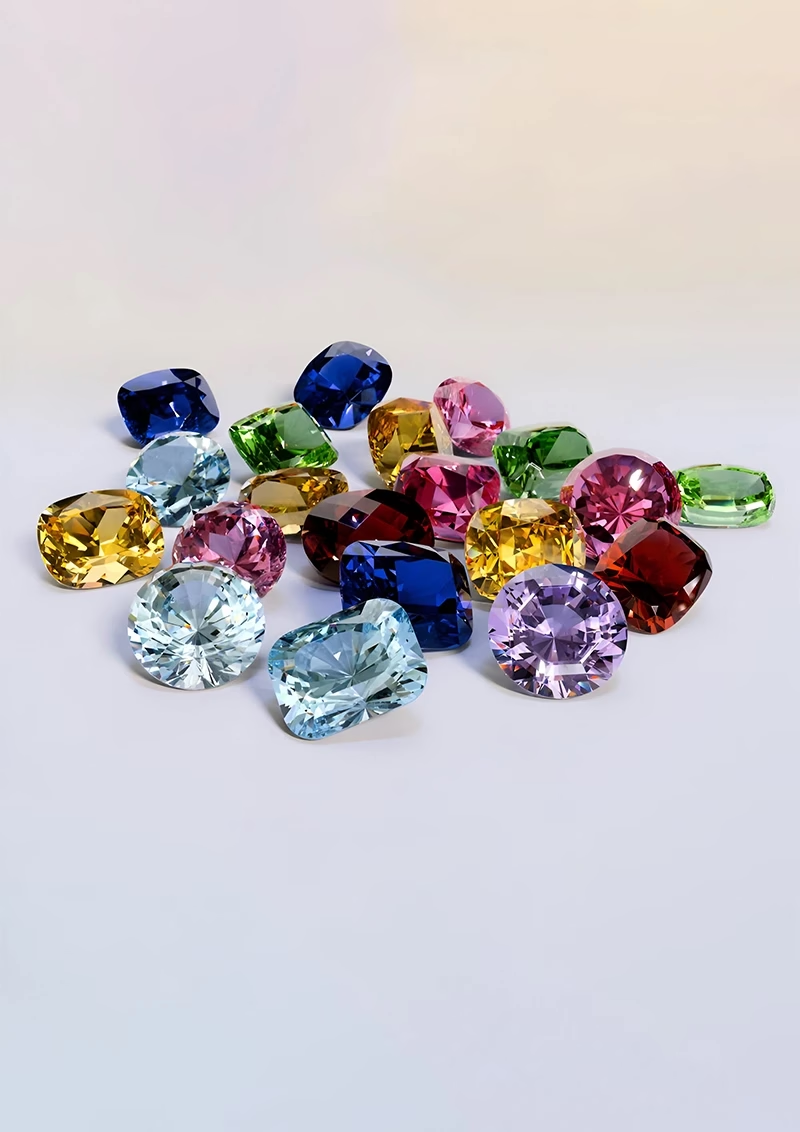
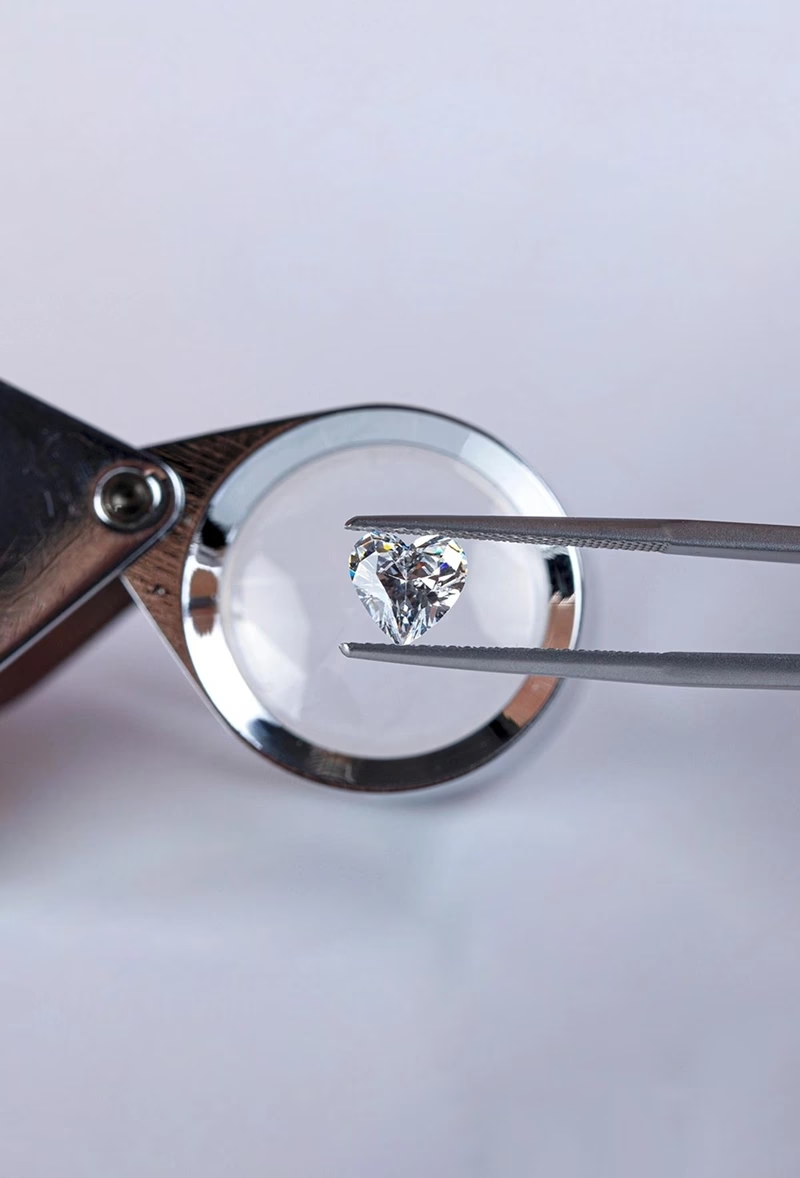
Clarity
Clarity gauges the presence of internal inclusions and surface blemishes. Ranging from “Flawless” (no visible inclusions under 10x magnification) to “Included,” clarity grades help determine a diamond’s rarity and value. Yet many inclusions remain invisible to the naked eye, so it’s essential to balance clarity with other factors when selecting your stone.
Carat
Carat measures a diamond’s weight, with one carat equaling 0.2 grams. While larger diamonds tend to be rarer and more sought after, carat is just one part of the diamond’s overall value. A balanced approach to Cut, Color, Clarity, and Carat ensures you find a stone that meets both your style preferences and budget.
